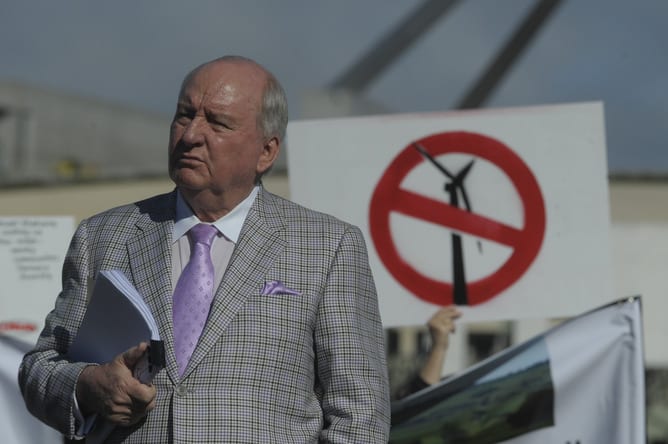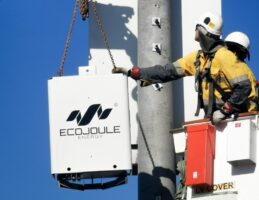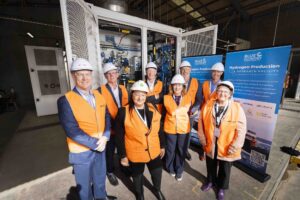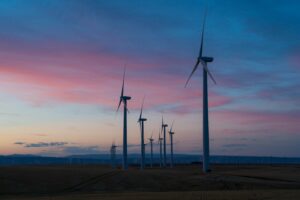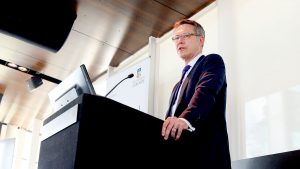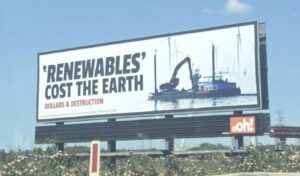Opponents of big wind farms in the US and Canada are most likely to be white and wealthy, a situation that is leaving poorer communities with continued pollution.
The findings, published this week in the Sustainability Science journal, looked at wind farm projects in the US and Canada to find out how how common opposition is and what predicts it.
By collecting more than 35,000 news articles to analyse the outcomes for 1,415 North American wind energy projects between 2000 and 2016, researchers from UC Santa Barbara, the University of Michigan and Gallup found nearly a fifth of projects faced some opposition, with 17 per cent in the US and 18 per cent in Canada.
In the US, whiter communities concentrated in the northe-east were more likely to oppose wind farms while in Canada it’s richer ones mainly in Ontario.
The larger the project in these areas and the higher the turbine, the bigger the protest.
And yet it’s a tiny minority of communities who are spearheading protests – and able to have projects shut down.
“Across both countries, we found that small numbers of people turned out to protest wind projects—typically around 20 to 30 people—suggesting that small numbers of white and wealthier people in rural areas are blocking wind projects,” the study found.
Those opponents would most commonly fight projects in court, via legislation and physical protests.
“In the United States, opposition was more likely and more intense in areas with a higher proportion of white people, and a smaller proportion of hispanic people. In Canada, opposition was more likely and more intense in wealthier communities,” the study says.
“When wealthier, whiter communities oppose wind projects, this slows down the transition away from fossil fuel projects in poorer communities and communities of colour, an environmental injustice we call “energy privilege”.”
Opposing clean energy is a privilege
The long-term impact of privileged NIMBYism to large-scale renewables is the measurable detriment of poorer communities.
“Fossil fuel plants are predominantly located in poorer communities and communities of colour,” said lead author Leah Stokes.
“These plants create pollution. We need to replace fossil fuel power plants with clean energy, like wind and solar. When wealthier, whiter communities oppose wind energy projects in their backyards, they extend the lifetime of fossil fuel projects. This is an injustice.”
The study showed the impacts of delaying the end of fossil fuel power generation can have consequences for generations: children whose parents experienced lower air pollution when the Clean Air Act was implemented were healthier, richer, and more likely to attend college, and children exposed to higher levels of air pollution experienced lower adult incomes, and higher likelihoods of incarceration and teen pregnancy.
Social licence is Australia is getting harder
In Australia, getting a social licence for any kind of energy infrastructure is now considered as tricky an issue as curtailment and grid connections were only a few years ago.
Some of the opposition is being led at a federal level by the Liberal and National parties, which are actively trying to derail the nation’s shift to renewables, and also largely led by wealthy, white men.
Maverick National MP and former deputy prime minister Barnaby Joyce called on anti-renewable and transmission groups in June to join a mass rally on the steps of parliament house, while conservatives attack CSIRO’s and AEMO’s forecasts.
At a grassroots level, residents are turning against all kinds of projects, including a big battery in Tamworth, a proposed 400MW Gundary solar project near the regional city of Goulburn, and the Golden Plains wind farm in Victoria.
The most controversial project, the VNI West transmission line, is seen as a ‘what not to do’ to get communities on side.
The situation has become so dire energy and climate change minister Chris Bowen named Andrew Dyer, the Australian Energy Infrastructure Commissioner (AEIC), in July to lead a Community Engagement Review to advise on improving community engagement, and in August AEMO laid out new “rules of engagement” around community consultation.
Michael Katz, cofounder and director of Rela, an organisation that engages with landowners before approaching developers, says the root cause of the loss of social licence is a lack of fairness around land use.
“There has been no systematic marketplace to facilitate the fair and equitable transition of land to renewable energy in Australia. This has resulted in a dysfunctional market for all stakeholders including landowners, developers and the broader community,” he told RenewEconomy.
“The transition to renewable energy in Australia will impact many levels of the community and economy. Social licence is crucial to ensure a “fair go” for all stakeholders in this transition to net zero. The lack social licence results in stalled grid and renewable energy projects. Social licence will be achieved through efficient, transparent and interactive cooperation between all parties.”

